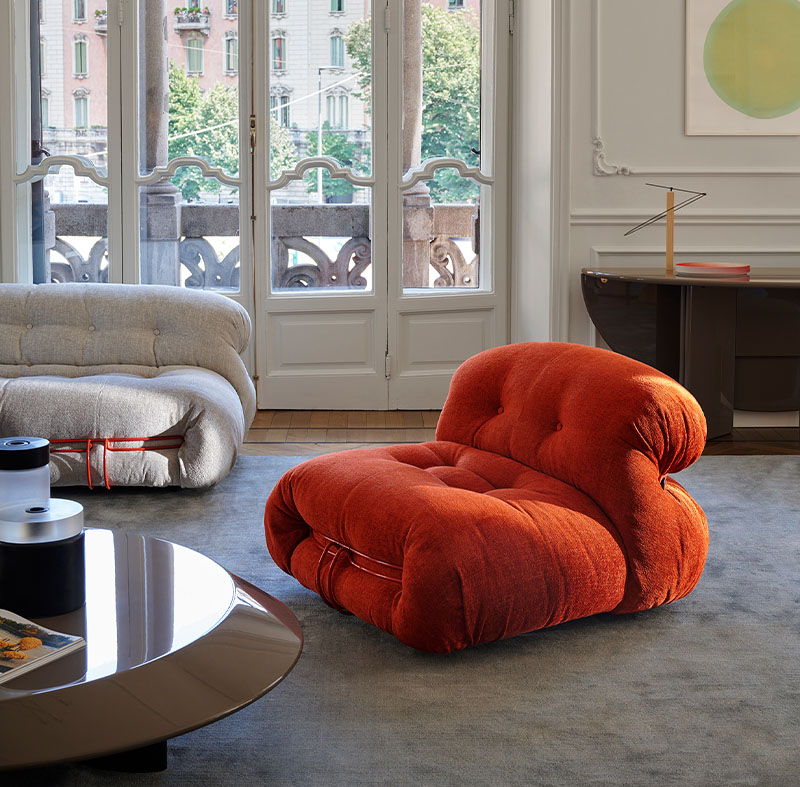
Gerrit Thomas Rietveld
Born in Utrecht, Netherlands in 1888. He worked in His father’s woodwork business until he started his own journey as an apprentice in a goldsmith workshop. In 1991, he founded a cabinet making company that he ran for 8 years while studying design and architecture. In his school days he connected with some of the founders of the Stijl De movement – the Holland Modern Design Movement – also known as Neoplasticism, a movement who believes in pure simplification and universalism. Their style displays simple visual compositions embedding horizontal and vertical lines painted only in black and white and primary colors. Rietveld joined the movement in 1919, after the “Red & Blue” chair he designed a year before was crowned by the group members as one of the icons of the new style of interior design. The “Red & Blue” is still considered an icon associated with him and manufactured by the Cassina group that owns the rights for all his design works.
In 1928 he became a founding member of the international congress of modern architecture and started his growing interest in the social role of architecture in society. He started working on planning public housing Since the 1920’s, developing inexpensive methods for construction, researching pre-existing cement plates – a method that wasn’t popular at the time and more. The “Zig Zag” chair he designed was named by him: “A designer’s joke” because when at first sight, it seems to the viewer that the chair doesn’t support the person sitting on it. The design idea came from the notion of using one piece to create a chair and come to express the motion of sitting down on any furniture, based on the idea of the modern thought movement. The chair creates an illusion that is made of wood even though it cannot be created using wood. After Rietveld passed away, a design and art university was founded in Amsterdam to honor him, dedicated to his works inside facilities and building that he designed.
Gerrit Thomas Rietveld
Born in Utrecht, Netherlands in 1888. He worked in His father’s woodwork business until he started his own journey as an apprentice in a goldsmith workshop. In 1991, he founded a cabinet making company that he ran for 8 years while studying design and architecture. In his school days he connected with some of the founders of the Stijl De movement – the Holland Modern Design Movement – also known as Neoplasticism, a movement who believes in pure simplification and universalism. Their style displays simple visual compositions embedding horizontal and vertical lines painted only in black and white and primary colors. Rietveld joined the movement in 1919, after the “Red & Blue” chair he designed a year before was crowned by the group members as one of the icons of the new style of interior design. The “Red & Blue” is still considered an icon associated with him and manufactured by the Cassina group that owns the rights for all his design works.
In 1928 he became a founding member of the international congress of modern architecture and started his growing interest in the social role of architecture in society. He started working on planning public housing Since the 1920’s, developing inexpensive methods for construction, researching pre-existing cement plates – a method that wasn’t popular at the time and more. The “Zig Zag” chair he designed was named by him: “A designer’s joke” because when at first sight, it seems to the viewer that the chair doesn’t support the person sitting on it. The design idea came from the notion of using one piece to create a chair and come to express the motion of sitting down on any furniture, based on the idea of the modern thought movement. The chair creates an illusion that is made of wood even though it cannot be created using wood. After Rietveld passed away, a design and art university was founded in Amsterdam to honor him, dedicated to his works inside facilities and building that he designed.







